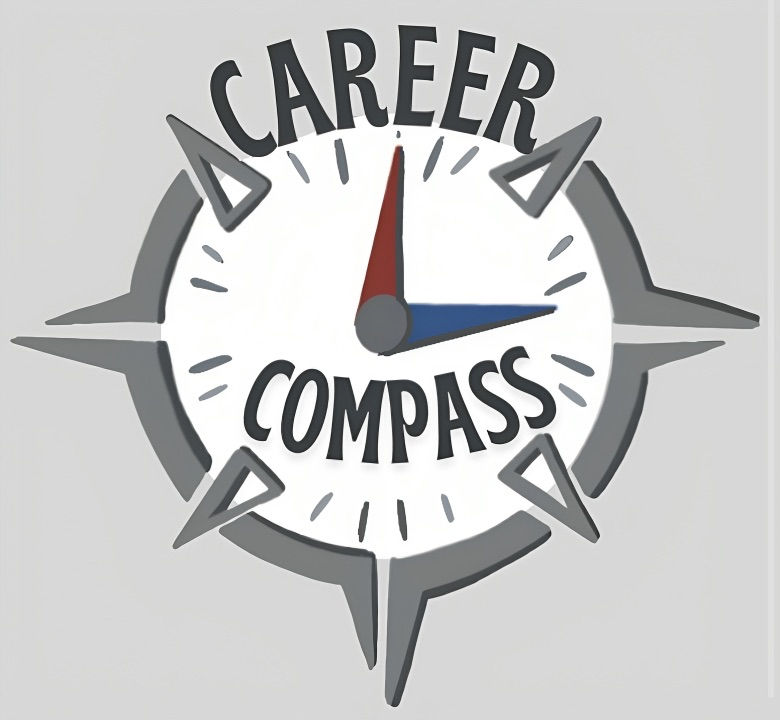Behind the Scenes of Crafting Compelling Interviews
- Melanie Lee

- Feb 3, 2024
- 3 min read
Updated: Mar 17, 2024
Interview Structure
During interviews, people often ask how I came up with these questions. In reality, however, when I first embarked on interviews for Career Compass, I grappled with how to approach the process. Should I stick to a rigid set of structured questions, or opt for a more conversational and free-flowing style?
From my experience, the answer is a balance.
Imagine it like a seesaw—you don't want one person doing all the pushing while the other merely sits back and swings. Similarly, in an interview, both parties should engage in a dynamic exchange, bouncing questions off each other to maintain momentum and structure.
Finding Interviewees
Securing interviewees is often as simple as reaching out to one person, whether it's a friend, teacher, or parent, for connections. During or after interviews, I often inquire if the interviewee knows other individuals making strides in their field or with compelling stories to share. This network effect often leads to valuable connections and introductions.
For more tips on networking, check out my other blog post on the topic!
Curating the Right Questions
In crafting interview questions, I've developed a straightforward outline. We begin with background inquiries to learn about the interviewee's interests and journey, segue into their current pursuits, highlight influential mentors, and delve into more specific topics as the conversation progresses.
Think of interview questions like crafting an essay—start with an introduction, delve into the body paragraphs to explore the interviewee's story, and conclude with actionable advice to inspire others.
The key thing though, is to not put too much pressure on yourself to have the perfect question- it's important to have fun and just stay in the moment with your interviewee, ensuring they're comfortable and remaining relaxed to create an enjoyable experience for both parties.
Filming and Editing Process
A lot of people think that filming has to be a huge production, with lighting, a bunch of people on set, a professional camera, and a high-quality microphone. It really depends on your purpose and your brand identity, whether you want to come off with a corporate or film-centric style, but as for Career Compass, I began with only two things: a phone and a laptop.
Through all my videos since August of 2023 to March of 2024, I've only needed these two things to successfully film and edit all of my videos. Cinematic Mode is truly my savior since it actually makes your footage look like it's being shot on a professional camera, and also using free softwares such as iMovie or Capcut has been enough to create Instagram Reels and YouTube videos. I've found that this has added to the style of candid conversations and authentic storytelling of Career Compass.
This is just another editing tip, but I've found that incorporating multimedia elements such as personal photos from our interviewees, stock videos, or just PNG images of things being discussed can really help keep viewers engaged in the video. Since our videos are shot pretty straightforward, with no changes (hopefully) in the camera angle, it was crucial for our editing process to include something fun and interesting so the entire video isn't super boring and dull.
I'd love to provide any more background on how Career Compass came to be and how this interview process developed over time! Feel free to reach out at our Gmail (careerrcompass@gmail.com) anytime for more advice or feedback on your own projects. I hope this was a helpful inside scoop into our own interview evolution :)

Learn More!
Watch interviews on our YouTube channel, and don't forget to let us know what you think! Thank you for joining us on this personal journey behind the scenes. Stay tuned for next blog posts, where we'll delve even deeper into the lessons we've gained from these inspiring interviews!

Comments